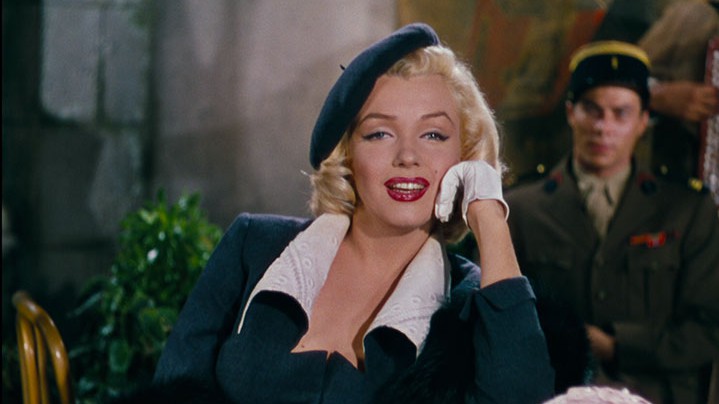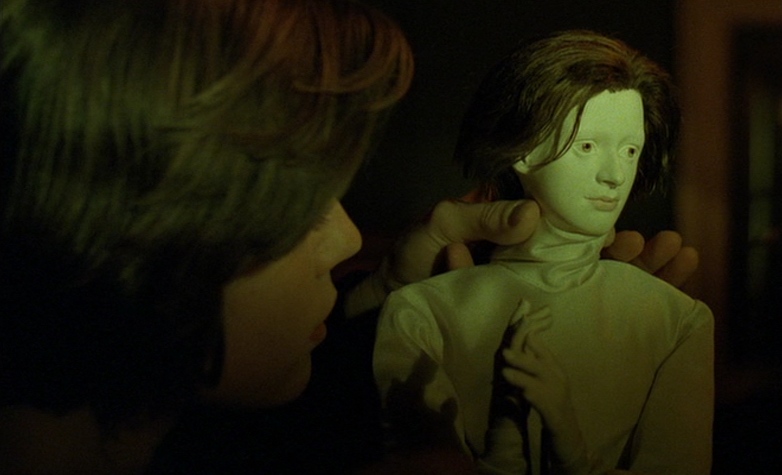Author: Kelsie Schueneman
-

Hollywood Prefers Blondes: Analysis of GENTLEMEN PREFER BLONDES and the Cinema of the 1950s
American cinema of the 1950s saw many changes and challenges. On January 1, 1950 the Paramount Decree had gone into effect, making it illegal for studios to control exhibition of their films. Additionally, the rising popularity of television meant that studios now had to compete for viewers and tried numerous methods, including color and widescreen,…
-

Scene Analysis: Subversion of Gender Roles in THE DOUBLE LIFE OF VERONIQUE
Krzysztof Kieslowski’s The Double Life of Veronique is remarkably unique in the way that it flips the power balance between men and women. This is most notable in the marionette scene. About half an hour into the film Veronique and her students watch a puppet show about a ballerina who breaks her leg the first…